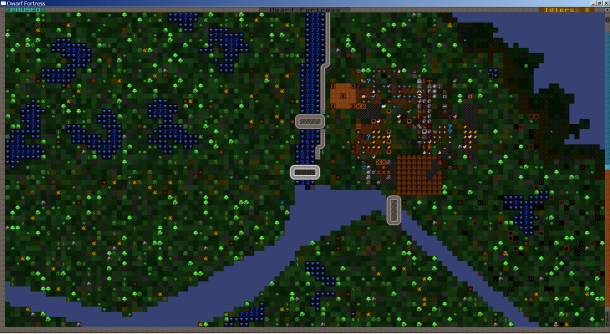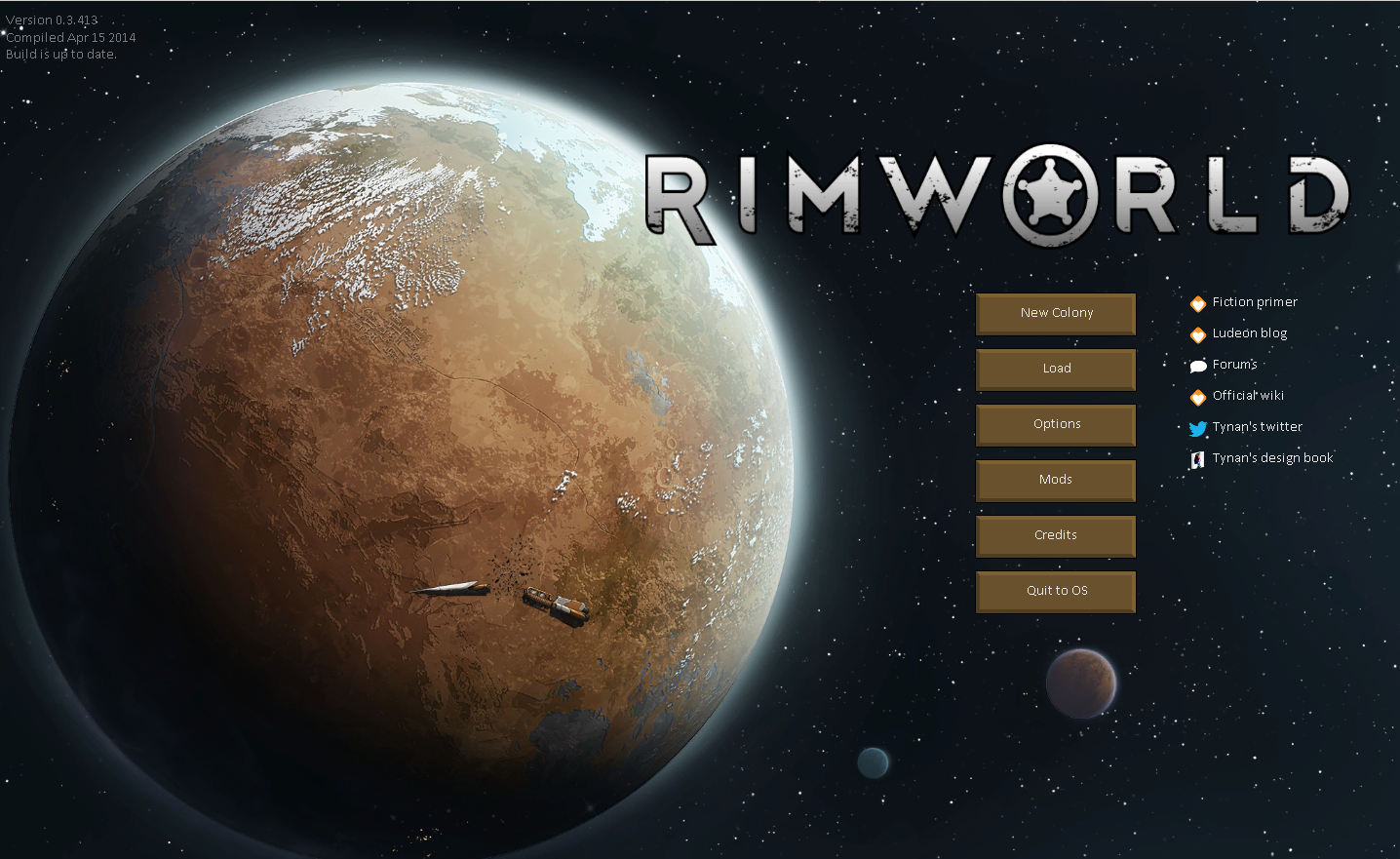There was a point in my life where I got hard into Dwarf Fortress. I had started playing, quit, started again a day later, quit again, and repeated that cycle over the course of a week until I had finally learned enough of how the game worked for my dwarves to not immediately starve to death or go insane and kill each other.
Once that hurdle had been breached any single session of Dwarf Fortress suddenly began lasting hours upon hours and I banked something like 400 hours over a single month, just micromanaging all these little dwarves and trying to survive for as long as possible until, inevitably, something out of my control would happen and my meticulously crafted dwarven fortress would suddenly be a wasteland of corpses. Then I would start again.
I remember somewhere around the 400 hour mark I had attempted to show a friend this incredible game, and that’s where I realized the disconnect that so many people have with Dwarf Fortress — a disconnect I had struggled with early on, but learned to see past — there aren’t exactly “graphics” in the traditional sense. There are text symbols and colors that represent everything in the game, and though I had long since begun seeing what the symbols represented, anyone unfamiliar with the game wouldn’t have a clue what they meant.
So, showing my friend this awesome bridge I had built, I stumbled in explaining how the bridge could be remotely controlled and how it could itself be used as a kind of weapon against invading goblins when I saw the blank look on his face. Suddenly the realization hit that he wasn’t seeing what I was seeing. He was seeing a rather large ‘0’ stretched over a bunch of blue numbers.
The illusion was immediately shattered, and I fell off playing Dwarf Fortress shortly after that.

RimWorld, despite still being an early access title, delivers on that illusion. While not nearly as complex as Dwarf Fortress, there is enough happening all at once that it walks the same line of intense micromanagement and AI controlled characters that Dwarf Fortress did so well, while still offering a visually understandable experience. I could, if I wanted, show my friend the awesome thing I built in RimWorld and while he might not understand how to play the game immediately, he could at least recognize that the differences between people, walls, resources, and other in-game elements.
In RimWorld, you start the game by choosing three characters, spawn a randomly generated world, and then begin to assign tasks with the simple goal of not dying. While it is possible to manually order people to perform a specific task, it’s much easier to let the computer dictate what your characters will do. Certain orders, such as construction, will always take priority over certain other orders, but even those priorities can be manually changed on a per character basis directly within the game.

And survival isn’t as easy as you might think. Try to build too much, too quickly and you might find your settlers going crazy and attacking everything in sight because they don’t have a bedroom to sleep in. Or maybe you forgot to designate an area for them to grow crops in, and starvation gets the better of them. Or you might get really unlucky, and the local wildlife might decide to attack, incapacitate your characters and ruin a perfectly constructed base.
There are a number of ways to fail, and they can all happen even before you start dealing with semi-regular attacks from pirates or other local factions.

When I first saw RimWorld I was struck by how similar it looked to another game in this genre, Prison Architect, and the developer of RimWorld has been refreshingly blunt about the similarities. He drew inspiration from the Introversion game, and while he would like to get additional funding for an artist to give his own creation a visual distinction he’s currently more focused on making a game worth playing.
In a few short months the game has gone from being a barebones survival simulator with generic enemy spawns to a game with increasingly intricate crafting systems, multiple enemy types who can attack multiple ways, random (and often disastrous) events, mod support, and even a distinct musical style.
If the developer says he’d like more funding to hire an artist and make this game look unique, there’s a simple way to make that happen. Get in on the Early Access, get yourself an already incredibly playable game and sink some hours into trying not to die.


No Comments